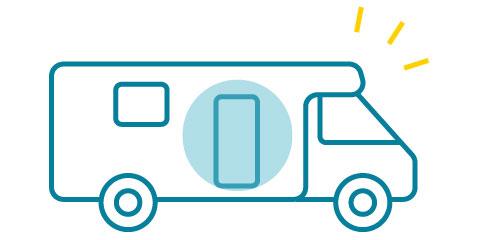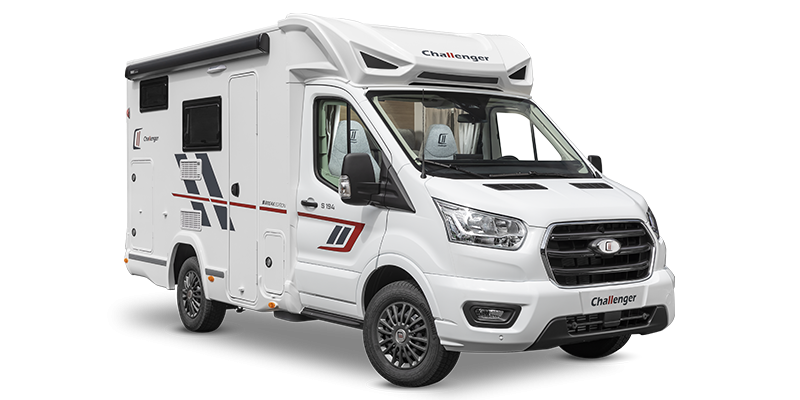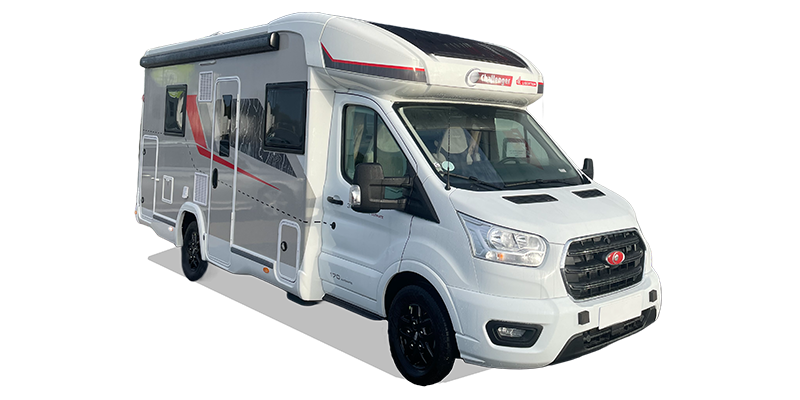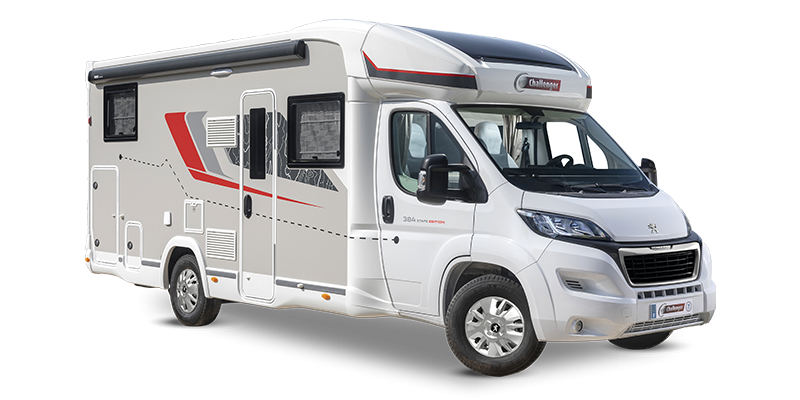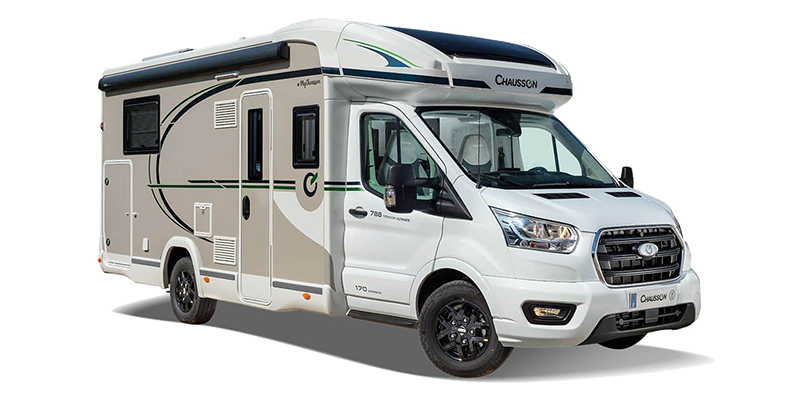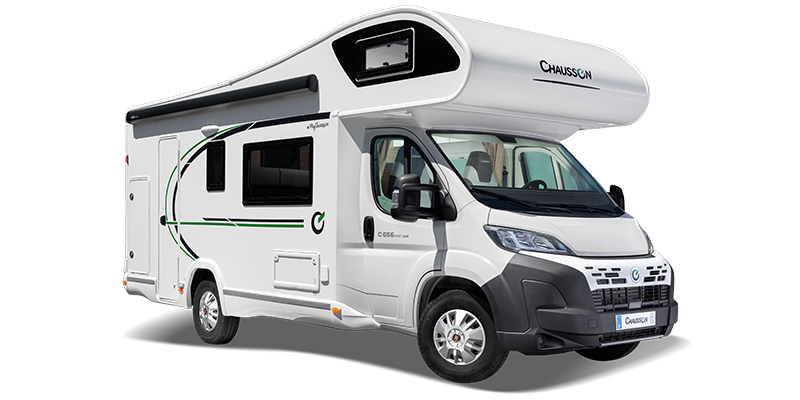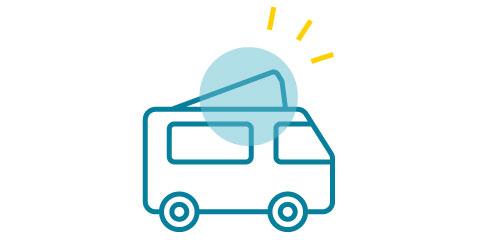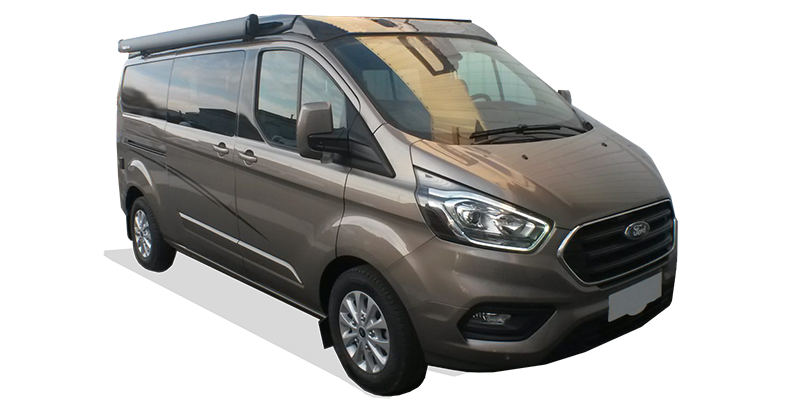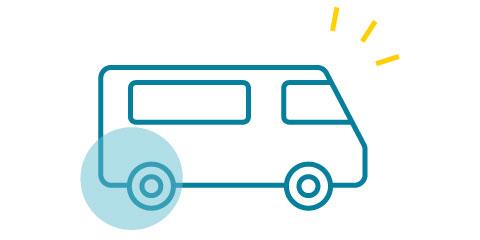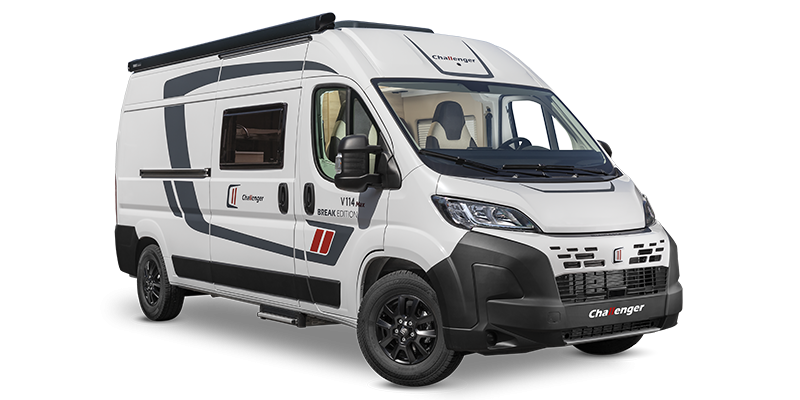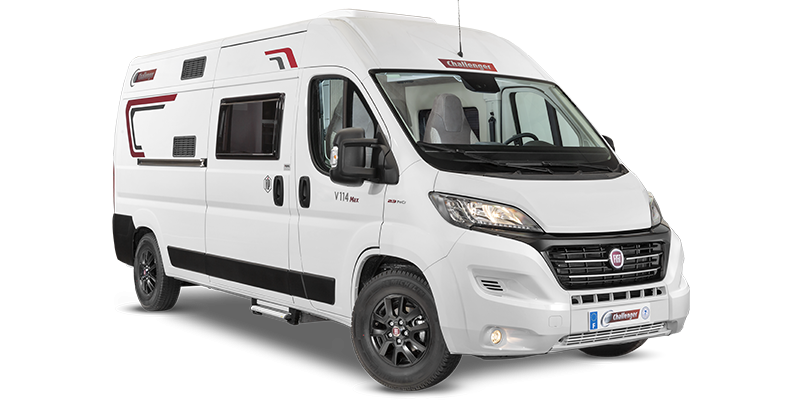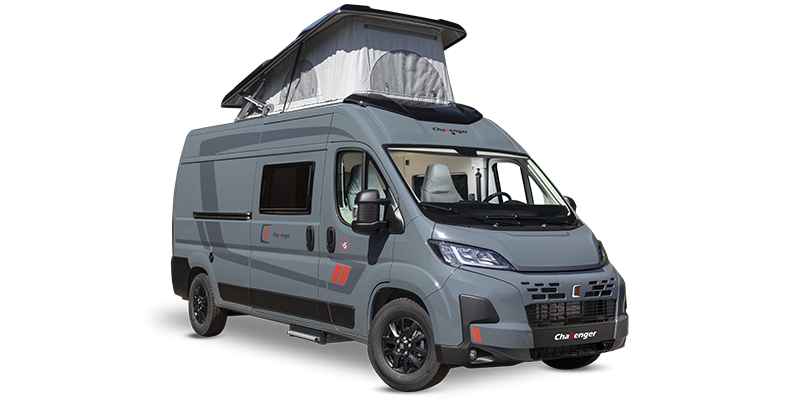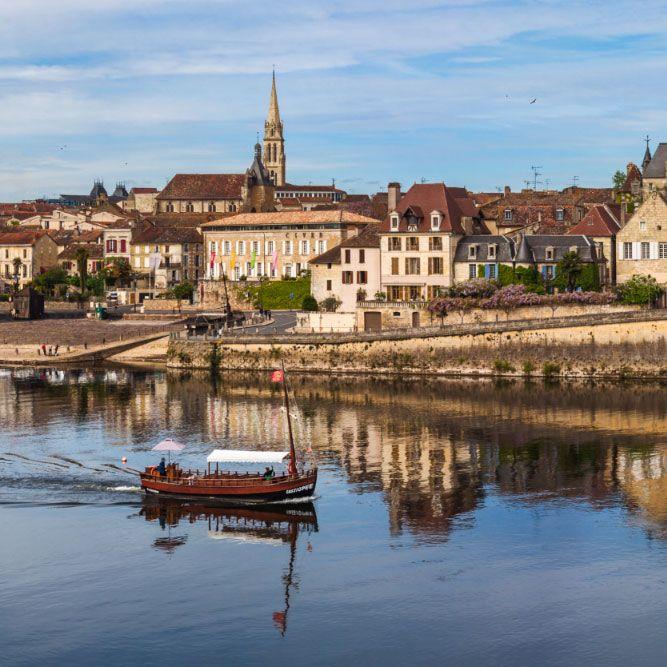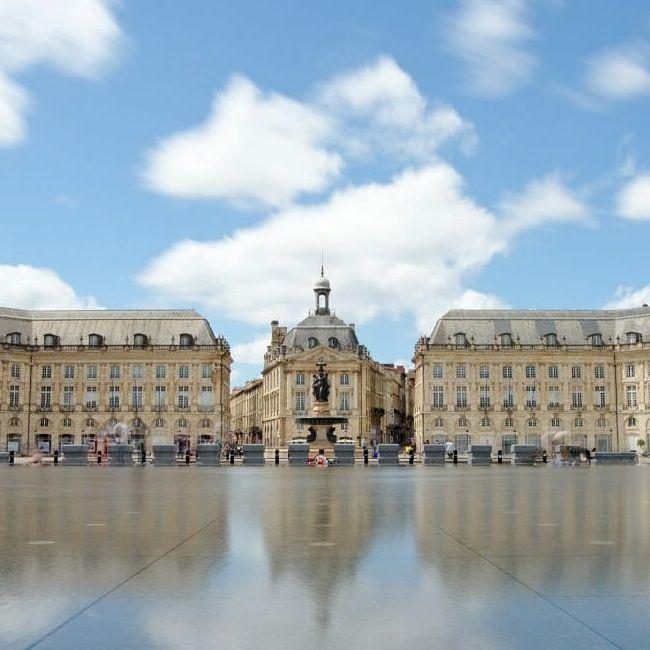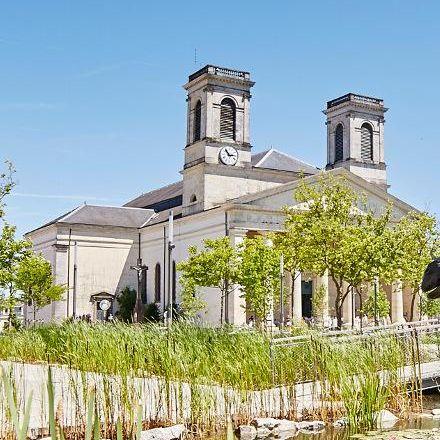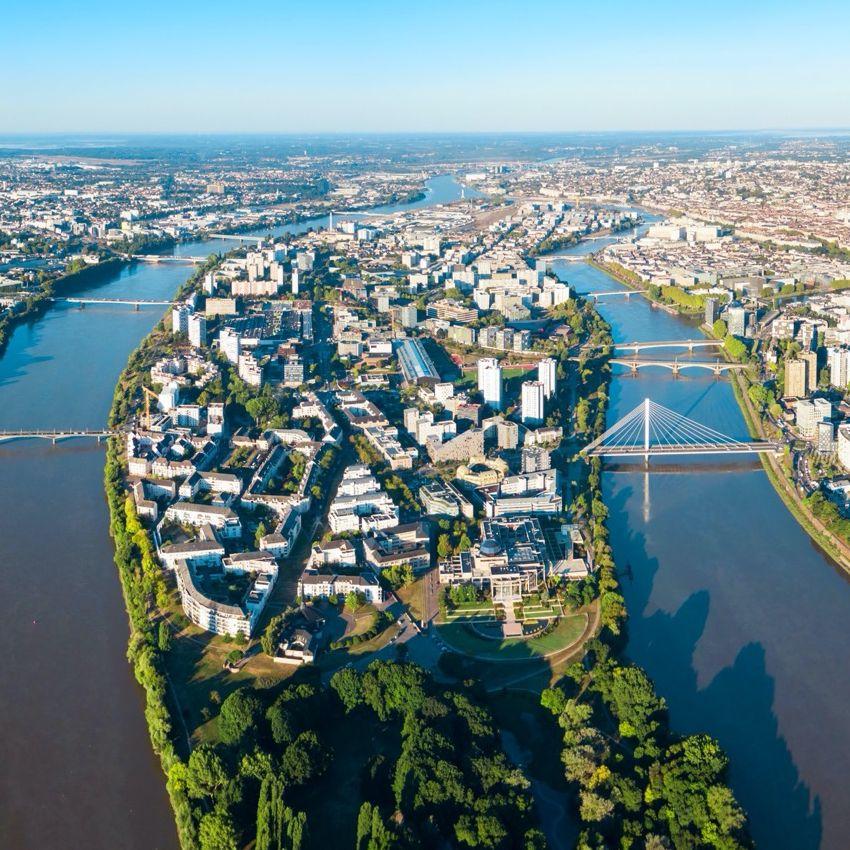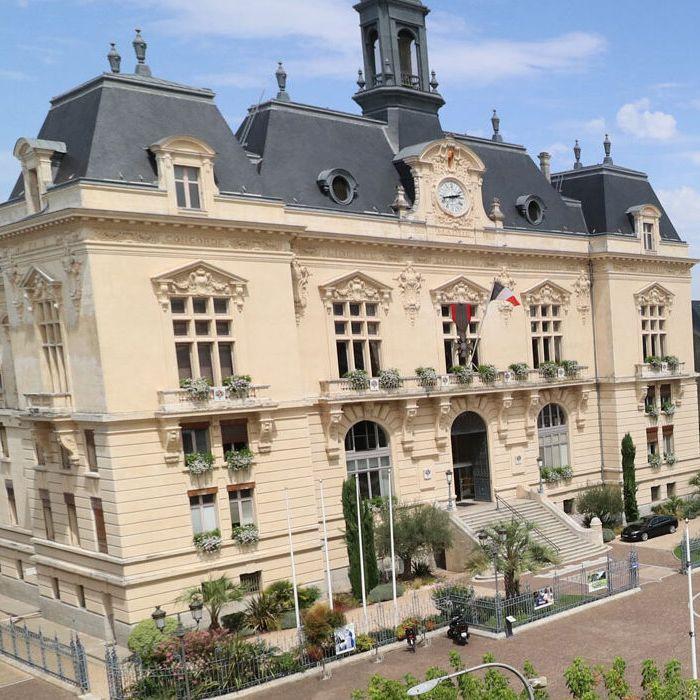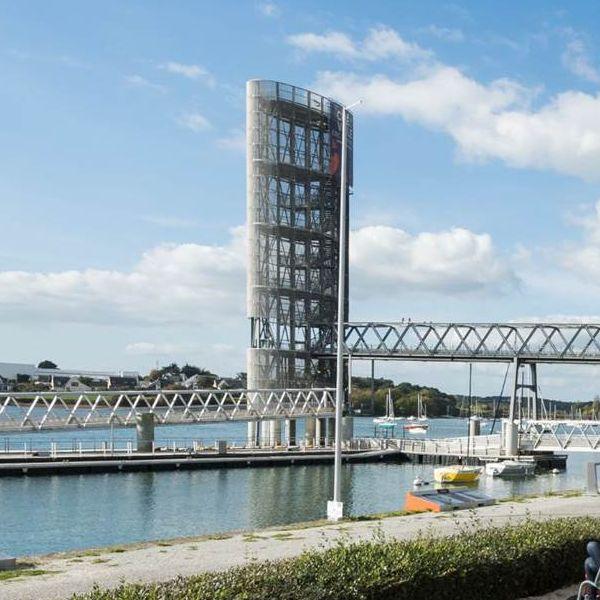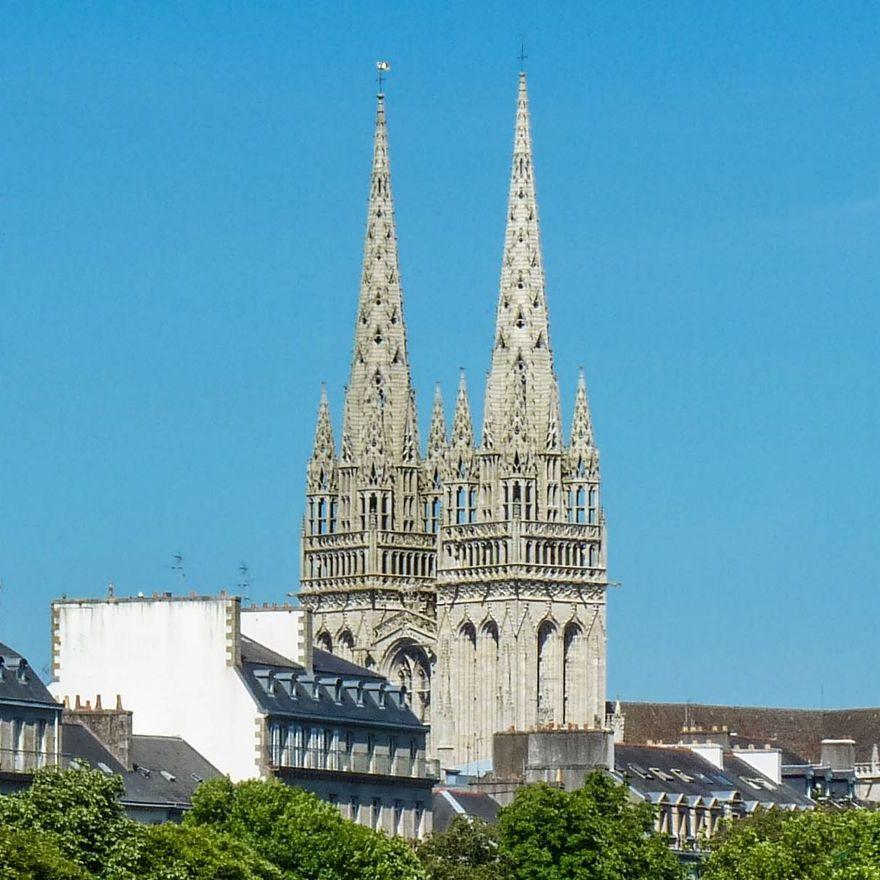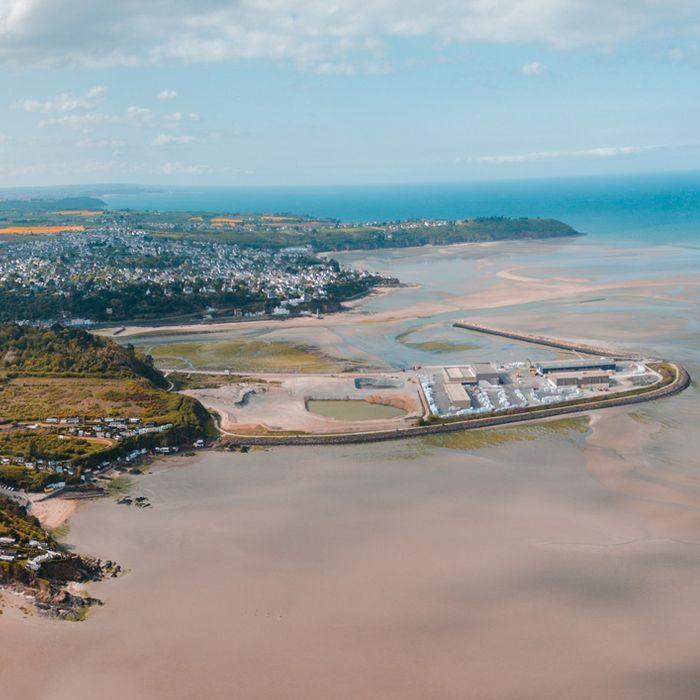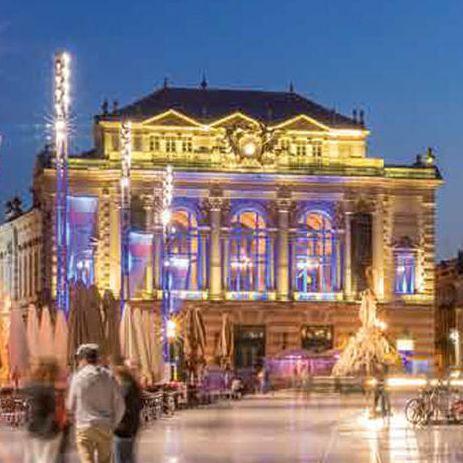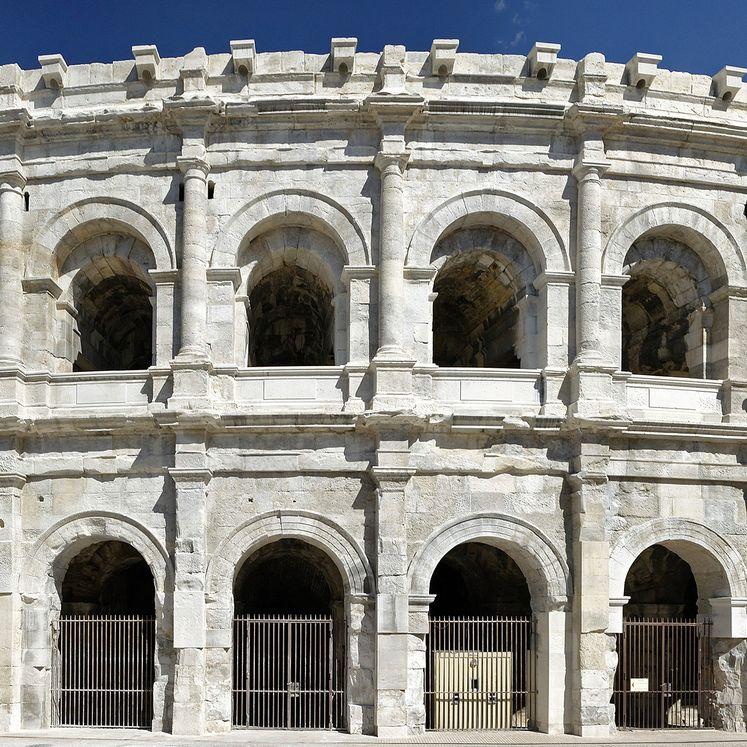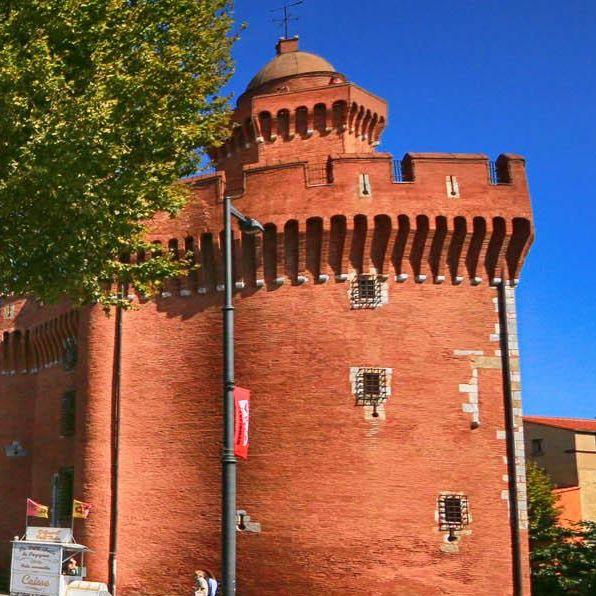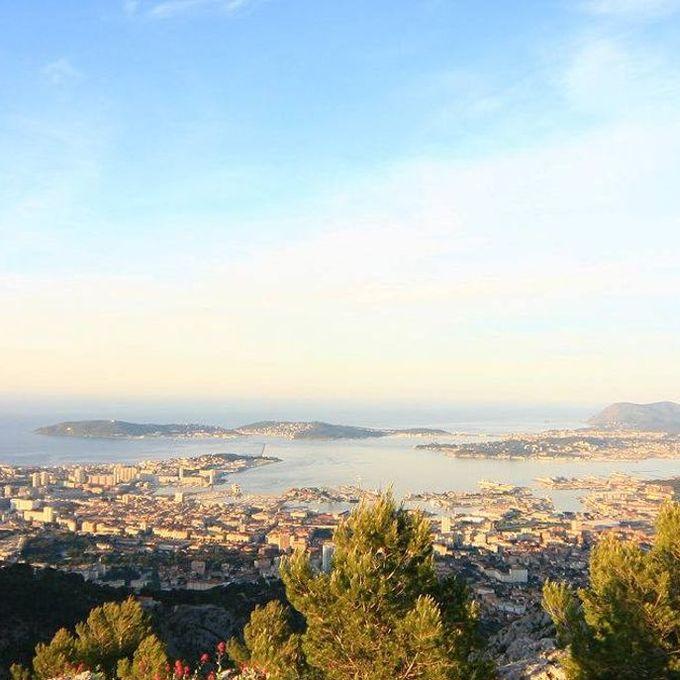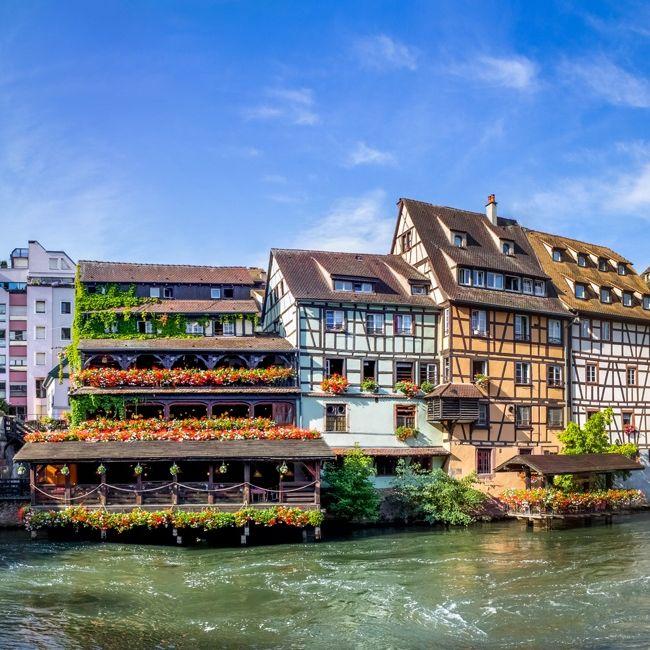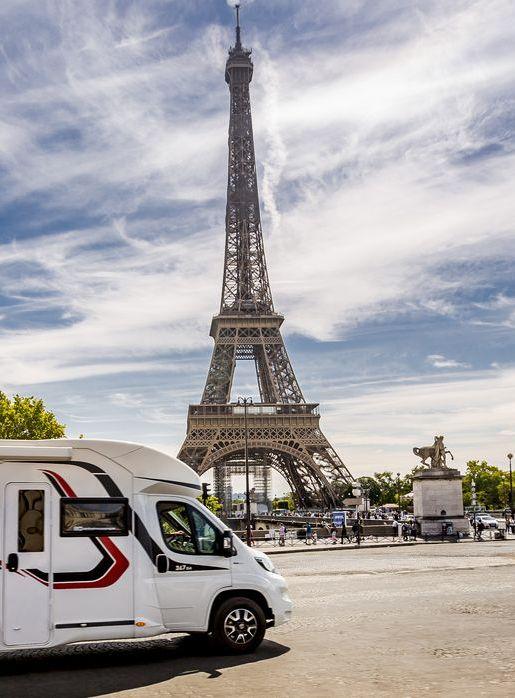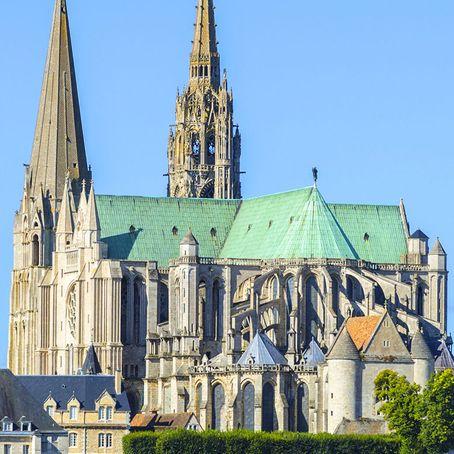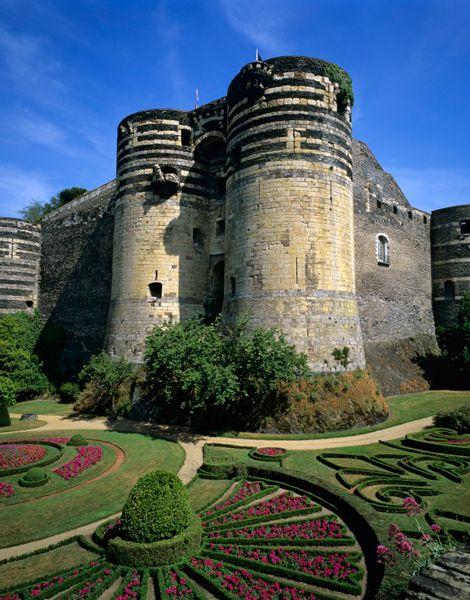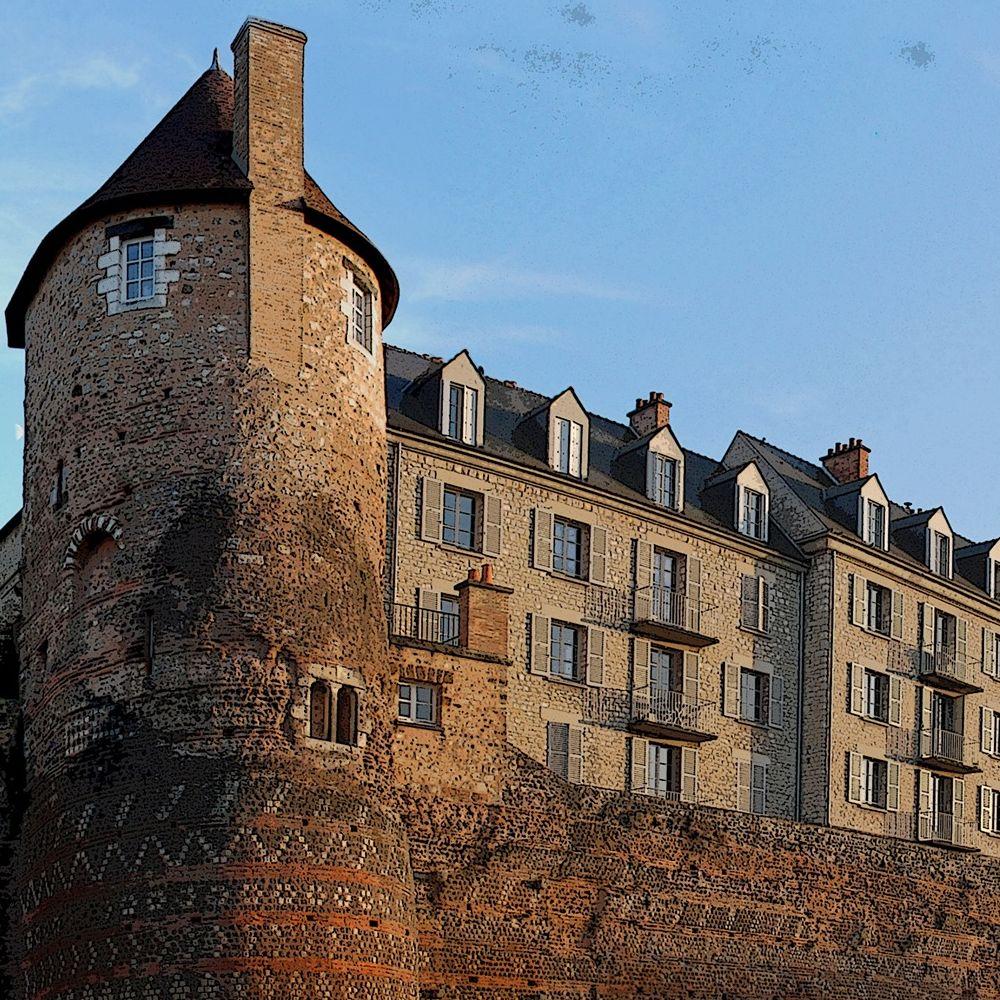Motorhome user guide
Vocabulary
Living compartment : It is the motorhome living area
Carrier : It is the motorized part, the driving space.
Monitor panel : it is the heart of the motorhome electrical network, it centralizes the living compartment switches as well as the battery and water levels displays. If it is not turned on, nothing can work in the living compartment.
The RVers or camper enthusiasts' charter
The use of motorhome as a mean of transport, is compared to private cars. It meets the requirements of traffic rules applied for this type of vehicles. In city centers or in suburban areas, it is useful to choose the parking places:
- in low population density
- where it does not obstruct the visibility or access to shops
- so that it does not block the traffic
The use of motorhome as a home must be done in these places :
- without extension of your motorhome to the outside
- without harmful effect for the residents
- without monopolizing the public areas
- by looking after your pets in order to avoid the possible stains.
The waste waters draining will be done in special places, such as services areas, dump stations, public and private sanitary facilities…
Be careful, the rainwater networks (sewer) cannot be used to empty your waste water tank since they do not have a purification treatment. During your trips, all the water emptying caps have to be closed.
The household rubbishes must be placed into bags and put in special spots.
During your manoeuvring (going in narrow roads, back-up for parking…) do not forget to have someone helping you outside of the vehicle. He will have a better view of the general sizes of the motorhome.
The passengers
The number of passengers able to be in the motorhome when travelling is mentionned in the vehicle registration document and indicated in our web site on the section of "Number of seatbelts".
All passengers must fasten their seatbelts: booster and baby seats are used the same way as in a classical vehicle.
The storage
Preliminary advice : bring the minimum of luggage and personal belongings.
Bulky and heavy items will be stored in lower trunk, the lighter ones will be placed in the drawers, overcab storage and sideboards.
The bikes will be stored on bike racks (paying option).
The driving
The first thing to keep in mind when you leave driving a motorhome is its height. As a matter of fact, more than its width or its length, it is its height that can oblige you to change your itinerary, your parking place or your refuelling location.
You have to beware of height bar at the parkings entrance, porch roof of petrol station (its height is often indicated), the tunnels, underground passage in city, balconies, shops blinds as well as trees branches.
The width is sometimes embarrassing in narrow streets of our cities but the lateral vision in the rearview mirrors is good except on the right side, where the living compartment extends beyond the driving area.
The parking
The piece of mind and security are the two most important criterions for a night stop without any problem. Do not wait until the night falls to look for a spot.
Check that the parking is not forbidden, that the market will not take place the next morning, that it is not used as a playground. In town, the surroundings of stadium give a possibility; by the seaside, it can be the beaches or the harbours. The villages places are often places without any problem and restaurants and inns parkings can help you too with, of course, the owner's approval.
Remember that service areas are not always parking places and inversely.
The piece of mind :
Avoid nightclubs, open air bars, night places meetings even if it is difficult to plan what will happen during the night when you are not familiar with the areas. It is not pleasant to start again the vehicle at 3 o'clock in the morning due to din. Very inhabited places are therefore to be avoided. The churches bells are sometimes noisy. It is obvious that you find quiet places more easily in the countryside than in town.
The security :
Is it better to choose an isolated spot or a prominent place? Is it better to park alone or without other motorhomes? Everyone has his own answer and decides according to the conditions encountered.
During the holidays season, we notice that motorhomes park all together around the same area at night. In all the cases, others' respect must be your main concern, whatever he is a RVer's or an inhabitant.
You can also prefer a campground, that , in general, offers special equipped spots for motorhomes.
The electricity
The connection to 220 Volts is used when you stop, either in camp sites, either in euro-relais terminal or others. It allows the connection to some appliances that cannot work with low voltage as well as for the refrigerator power supply.
On the living compartment battery, the summer (we do not use the lights very much, therefore we do not consume much), you will be able, with a minimum of care, to get 3 to 4 days self-sufficiency. You will have to drive about 600km (373 miles) or connect your motorhome on 220V during 4 hours to recharge totally the living compartment battery.
> More info on our FAQ page: How does the electricity work on board the motorhome?
The gas
The gas tank has to be closed when you drive as well as on boats or ferries crossing.
The propane gas only freezes at a very low temperature.
It is used in your motorhomes for inset gas hobs, the water heater, the fridge (if you select the "gas" mode for this device).
In order to make your travel easier in case of running out of gas, you can buy a new gas tank compatible with the french system during your trip and get a refund of this purchase when you come back to the pick up agency. Do not forget to keep your receipt.
Be careful, only french gas tanks are compatible with the system on board in the motorhomes. A full tank provides you with an average self-sufficiency of 2 weeks during the summer. There are in some countries refilling stations for your empty tank. Please check these details while preparing your trip. Any costs required to adapt the system will remain at your own charge.
The water
The clean water
Do not drink water from the tank, use mineral water.
With 100 liters ( 22 gal) of water, you can hold 2 days with a shower every day for 4 persons. Do not forget to turn off the water when you do not use it.
Where do we find water?
In France, there is always a water supply place in city, town or village. It is strictly forbidden to take water from fire hydrant. You can find water in motorhome stopovers, campsite, petrol stations, springs, cemeteries, fire brigade, washing bays… We advice you not to take water from public ponds.
You have at your disposal about 120 Liters (26.40 gal) of fresh water (according to the motorhome models).
We distinguish 3 types of draining :
- The toilets (or black water). In order to melt raw sewage and toilet paper, we use special chemical products provided with the vehicle.
- The sink and shower water (or grey water). The grey water tank has a capacity of about 100 liters (22 gal) (according to the motorhome models).
The black and grey water draining must be unloaded in special dedicated places. It is not possible to drain in rainwater sewer, this is made for rainwaters that are not always purified before being thrown in rivers.
- The fresh water tank. In order to circulate with less weight, it can be sometimes interesting to drain your fresh water tank. You can just unload above a gutter.
The refrigerator
The refrigerator can operate on 3 different power systems : the gas (propane), the 12V (keep the food cold when the vehicle engine is running) or the 220V. If you have an automatic power supply refrigerator, it will choose the most appropriated power supply (be careful to open the gas tank in your stopovers in order to allow this type of supply). If you have a manual power supply fridge, simply use the selection buttom to choose the power supply (see operations manual on board of the motorhome).
The gas is used when the vehicle is parked : be careful to open the gas tank, located in the outside locker.
The alternating current 220V can only be used if the vehicle is connected to a plug via the special cable and adaptor provided with the vehicle. All campgrounds and some service areas give the possibility of connection to 220V.
The supply of 12 volts is efficient when the engine vehicle runs. This type of power supply is insufficient to cool down food from room temperature. It only keeps the primary temperature.
Two tips
- before filling it and leaving, cool down carefully your fridge with 220 volts or with propane
- as soon as you stop the engine, open the propane tank or connect you with a 220 volts plug. If not, the fridge will not cool down anymore.
Water heater, cook top
The appliances work thanks to gas (propane). It can only run and be used while stopping, when the gas tank is opened.
Before putting the starting device on, make sure that the connection in 12 volts works (switch and indicator appear on electric switchboard).
Caution : for obvious safety reasons, the propane tank has to be closed before starting up the vehicle.
Living compartment and carrier heating
On certain motorhome models, the living compartment heating works with gas (combined water heater/heating), the user caution is then similar to the ones mentioned above for the water heater and the burners.
For the models with a living compartment petrol heater, it will use directly the vehicle petrol (the average consumption is 0.2 liter (0.04 gal) per hour). This appliance works when the vehicle is stopped, but also while running.
The carrier heating (road heating) works as in an usual car, when the engine is starting up.
The toilets holding tank
The toilets are used as in a plane, boat or train, it is equipped with a flush.
The solids, melted by a special waste water chemicals provided with the vehicle, are hold in a removable tank, also given when you pick up the motorhome : a light close to the water flush will indicate its level.
For draining, take out this waste watertight tank through the outside small locker. Empty it either in a sanitary station, in a campsite, either in a classical toilet. Avoid septic tank since the chemicals can destroy the bacterial flora of this system. It is forbidden to dump it in rainwater sewers.
Put back the tank in its place after washing out with clean water and making it functional, with some drops of special chemicals product and 2 liters (0.44 gal) of water. The toilets are then working again.
As an average, this process has to be done every 2 days for a family of 4 persons. It is easy, odourless and protect the environment.
Air conditioner
All our motorhomes are equipped with cabin air conditioner. It is similar to the one in cars, works when the motorhome engine is on and cools down the carrier.
When you stop, with high temperatures, you can open all the windows inside the motorhome to get an air current (the insulation will protect you «naturally») by using the windows and skylights.
Reminder of self-sufficiency and consumption
The self-sufficiencies and consumptions below are given as an indication on the basis of a normal use of the vehicle.
| Self-sufficiency | Consumption Full charge | |
|---|---|---|
| Electricity on the living compartment battery | 3 - 4 days during the summer (few lights) |
About 600km (373 miles) driving or 4h on the 220V |
| Gas | 2 weeks during the summer with a full gas bottle |
|
| Gasoline consumption | 12 to 15 L/100km, for 100km/h (2.2 gal/62 miles for 62m/h) |
|
| Gasoline heat | 0.2 L/h (0.04 gal/h) | |
| Fresh waters | 2 days for 4 persons (100 L, 22 Gal) | |
| Grey waters | 2 days for 4 persons (100 L, 22 Gal) | |
| Black waters | 2 days for 4 persons |
Common breakdowns in motorhomes
> See our blog post in French: Common breakdowns in motorhomes
